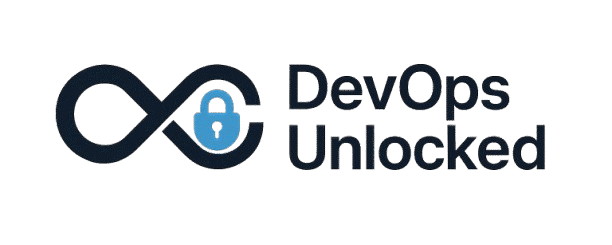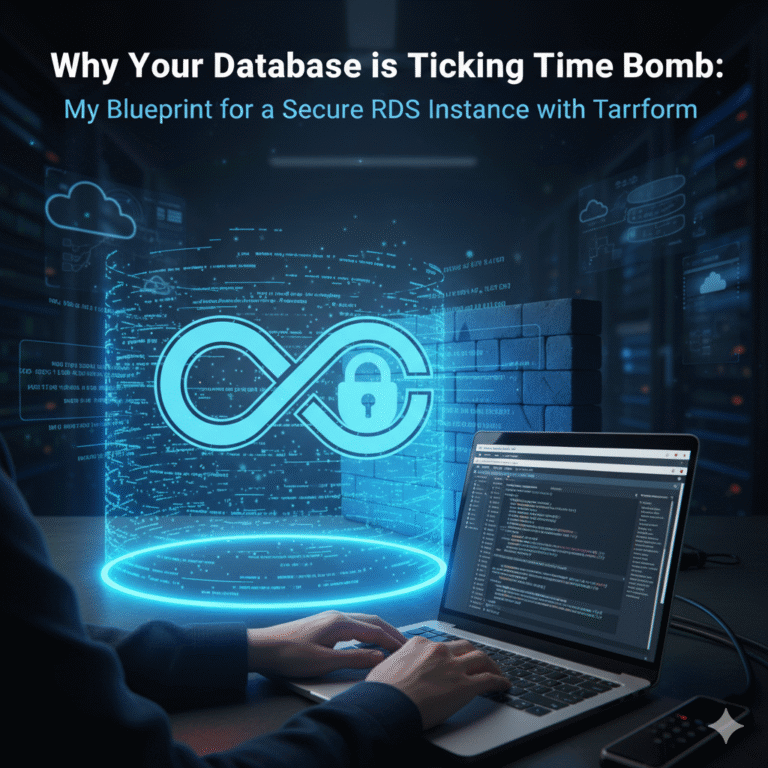Last week, I laid out a pretty prescriptive blueprint for a least-privilege IAM strategy in AWS. The feedback was exactly what I expected. It split into two camps.
The first camp said, “Finally. A real-world pattern we can actually implement.” They got it. They understood that strict controls, when paired with a reliable escape hatch, are liberating, not restrictive.
The second camp was more skeptical. I got a flood of comments and emails that all boiled down to this: “This would never fly here. Our developers would revolt. We’d be paralyzed during a production outage waiting for permission.”
And that skepticism is 100% justified.
It reveals a truth that we, as engineers, often overlook: the most elegant Terraform code and the tightest IAM policies in the world are useless if they’re layered on top of a culture of fear and mistrust. If your team thinks “least privilege” is just another word for “we don’t trust you,” the entire system will fail. The problem isn’t the technology; it’s the lack of a well-defined, trusted human process for handling emergencies.
Architecture Context: The Two Halves of the System
Before you can lock down production, you have to build a system your team trusts to get them through a crisis. Think of any secure facility—a bank vault, a data center. They have incredibly strong, locked doors (the technical controls), but they also have a clear, documented, and practiced procedure for opening them in an emergency (the human workflow). Most engineering teams build the door and forget the fire drill.
A successful least-privilege architecture has two equally important halves:
- The Technical Guardrails: This is the code. The IAM policies, the RBAC role definitions, the Terraform modules, the permission boundaries. This is what we covered last week and it’s the easy part. It’s deterministic and logical.
- The Human Workflow: This is the process. It’s the universally understood, no-questions-asked procedure for escalating privileges when production is on fire. It must be fast, transparent, and blameless.
If you only implement the first half, your skeptics are right. You will grind to a halt. The secret is making your emergency “break-glass” process a first-class, celebrated feature of your platform, not a shameful admission of failure.
Implementation Details: Building a Break-Glass Process That Works
You don’t need a lot of code for this, but you do need a lot of clarity. This is what you should be defining on a wiki page and cementing in your team’s muscle memory.
Step 1: Define the Emergency
First, agree on what constitutes a genuine “break-glass” event. Don’t leave it ambiguous. It should be tied directly to your incident severity levels.
- Example Trigger: “Any active SEV-1 or SEV-2 incident where production systems are degraded or unavailable, and the on-call engineer has exhausted all standard-permission troubleshooting steps.”
Step 2: Codify the “In Case of Emergency” Steps
The request process can’t be a desperate Slack message at 3 AM. It needs a lightweight but clear paper trail.
- The Request: An engineer needs to state three things:
- Who: Their name.
- What: The incident number (from PagerDuty, JIRA, etc.). . Why: A one-sentence justification. (“Need to assume BreakGlassAdmin to restart the production RDS instance.”)
- The Tool: This could be a dedicated Slack channel with a workflow, a simple JIRA ticket type, or a form that triggers a webhook.
Step 3: Automate the Response
This is where you connect the human workflow to the technical guardrails. The request should trigger an automated process.
- Granting Access: In Azure, this is a beautiful, built-in feature of Privileged Identity Management (PIM). In AWS, this might be a small Lambda function that assigns a user to a specific group for a limited time (e.g., 60 minutes). The key is that a human manager shouldn’t be the bottleneck.
- Announce Everything: The moment the role is activated, an automated message must be posted to a public channel like
#security-alertsor#production-incidents. It should say:ALERT: @engineer.name has activated the BreakGlassAdmin role for 60 minutes. Incident: SEV-1 (JIRA-123).
This public announcement is the most critical part of the entire system.
Architect’s Note
The goal of your break-glass process is not to prevent access, but to make the cost of that access full transparency. When an engineer knows their activation of a high-privilege role is instantly and publicly visible, they will treat that power with immense respect. Fear of punishment makes engineers hesitate during a crisis. Transparency and accountability, on the other hand, encourage swift, responsible action.
Pitfalls & Optimisations
- Pitfall: The Approval Bottleneck. If your emergency process requires manual approval from a manager who might be asleep, it’s not an emergency process—it’s a liability. Design it for speed and autonomy for the on-call engineer.
- Pitfall: The Culture of Blame. If the first question in the post-mortem is “Why did you need to use the break-glass role?” you have failed. The engineer used it to fix the problem. The real questions are, “What failed in our standard tooling that made this necessary?” and “How can we build a standard-permission tool so we don’t need the break-glass role for this problem next time?”
- Optimisation: Run Fire Drills. Practice makes permanent. Once a quarter, run a simulated outage. Make your on-call team go through the entire break-glass workflow. Test the automation. Find the friction points. You cannot afford to be debugging your emergency access process during a real emergency.
Unlocked: Your Key Takeaways
- Least privilege is a socio-technical system. The strongest technical controls will fail if your team’s culture doesn’t trust the process.
- “Break-Glass” is a feature. Treat your emergency access procedure with the same respect as any other critical piece of your platform. Document it, automate it, and practice it.
- Transparency is the best deterrent. Public, automated logging of privilege escalation creates a culture of accountability, not fear.
- Blameless post-mortems are non-negotiable. Using the break-glass role is a symptom of a problem, not the problem itself. Use it as a signal to improve your tooling.
Once you’ve built a culture of trust and a rock-solid emergency process, implementing the technical controls becomes the easy part. It’s no longer seen as a restriction, but as a safety net that everyone relies on.
If your team is facing this challenge, I specialize in architecting these secure, audit-ready systems.
Email me for a strategic consultation: [email protected]
Explore my projects and connect on Upwork: https://www.upwork.com/freelancers/~0118e01df30d0a918e


